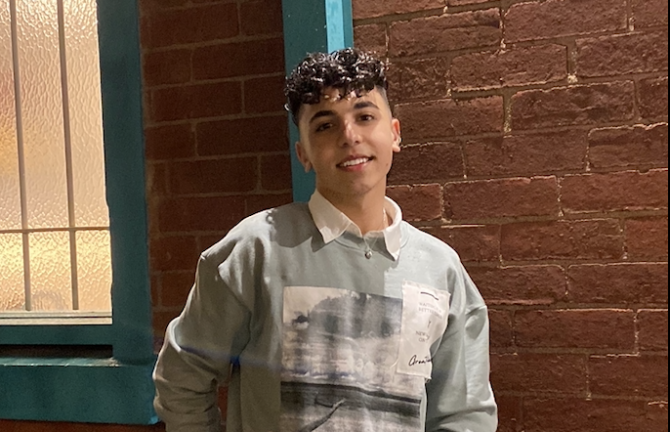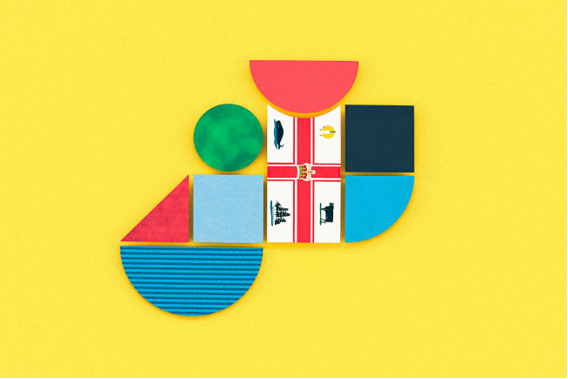
MMeets
Have You Seen The Melbourne Flag?
Free!
All visitors over the age of 12 must show their COVID-19 vaccination certificate as a condition of entry.
For full details on staying COVIDsafe at MPavilion 2021, read our Covid-19 Safe Plan
This event is now complete. If you want to revisit the talk, visit our Library, or subscribe to the MPavilion podcast via iTunes, Pocketcasts, Stitcher, Spotify, or wherever else you get your podcasts.

Join us for an informal paper collage workshop where we deconstruct the current Melbourne Flag and discuss the design and craft of vexillology.
What makes a well-designed flag? A legitimate flag should be simple enough that anyone can make it from 1 to 4 pieces of paper, it can be read from a distance and printed as small as a button. Most importantly, it should bring together and represent a community—and be symbolic of history and society.
The current Melbourne Flag was designed in 1848, featuring a white background with the red cross of Saint George. A Royal Crown sits in the centre, signifying the monarchy. Surrounding this is a dead sheep, a whale, a ship and a cow.
In 2022, Melbourne prides itself as a creative city representing diverse cultures, communities, and economies. So, let’s design a new Melbourne City flag!
Open to all ages—including kids!
Curated by Ali Dib.
This event has been developed as part of the M_Curators, an MPavilion program engaging young makers, doers and programmers. This initiative is made possible by our presenting partner Bloomberg Philanthropies.
Register to attend
We recommend you register to attend this event to avoid disappointment.
In accordance with the rules of our COVIDSafe Plan, we have non-negotiable capacity limits for certain events. If we still have spots free by the time this class begins, we will grant admission to people who have not registered, until we reach our capacity limit.

